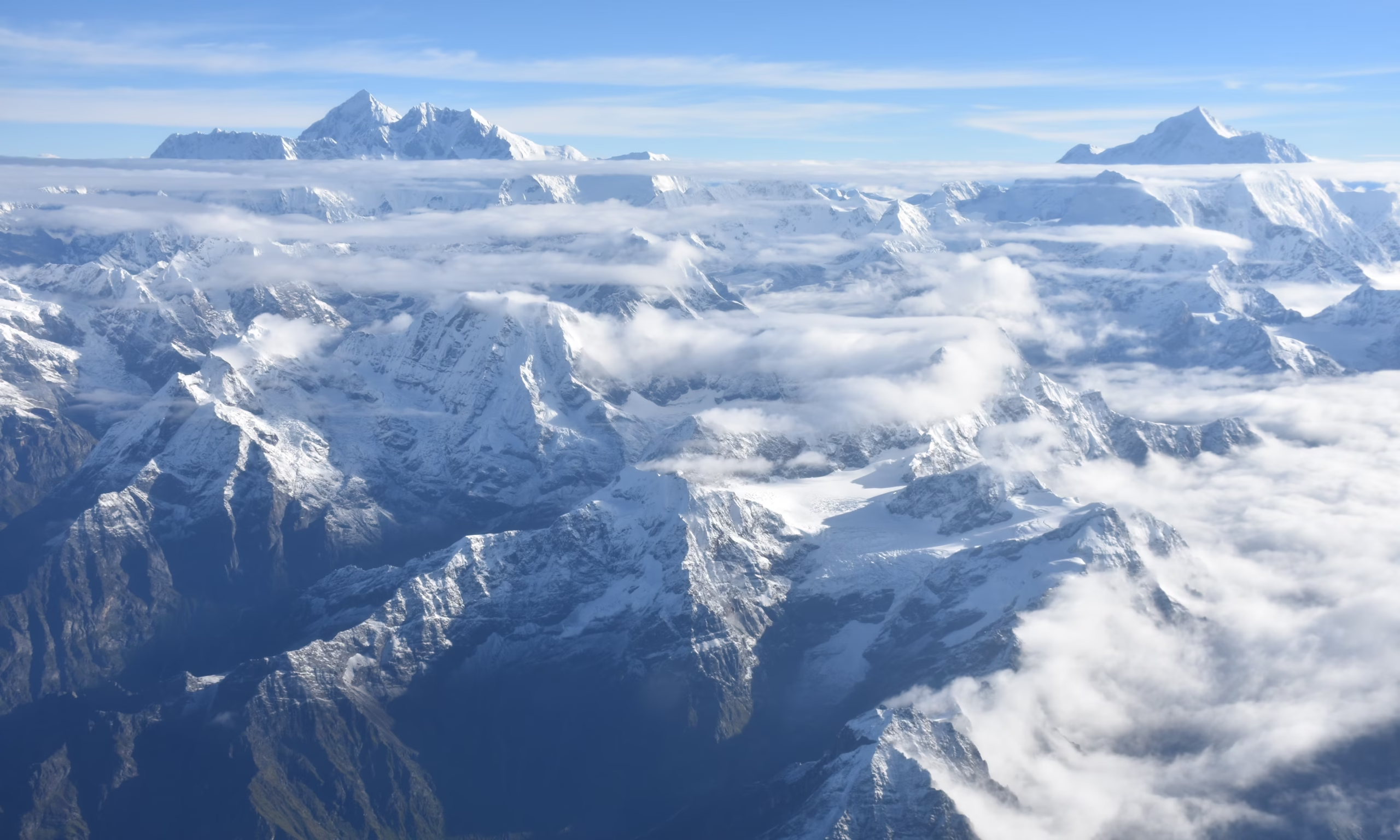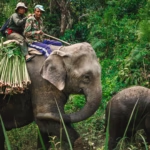The Himalayas, home to the highest mountains on Earth, offer an unparalleled canvas for photographers and videographers. The jagged snow-capped peaks, deep valleys, cascading rivers, and vibrant cultural traditions make the region an extraordinary destination for capturing some of the most awe-inspiring visuals on the planet.
For those passionate about photography or videography, embarking on a dedicated tour in the Himalayas is an opportunity to not only explore remote landscapes but also document the beauty of nature and local life in ways that evoke emotion and wonder.
In this blog, we’ll delve into why photography and videography tours in the Himalayas are a must for any visual storyteller, and we’ll guide you through how to prepare, the best locations, and how to maximize your experience in this breathtaking region.
Why Choose a Photography and Videography Tour in the Himalayas?
1. Unrivaled Natural Beauty
The Himalayas are a haven for nature lovers and adventurers alike. From the towering peaks of Mount Everest to the pristine lakes nestled in hidden valleys, every corner of this region offers a unique shot. The diversity of landscapes, which range from dense forests and terraced farmlands to barren high-altitude deserts, provides endless creative opportunities.
- Golden Hour Magic: The early morning and late afternoon light in the mountains offers dramatic contrasts and golden hues, making it a prime time for landscape and wildlife photography.
- Changing Seasons: Every season in the Himalayas brings different visual opportunities. Whether it’s the lush green monsoon season, the blooming wildflowers in spring, or the sharp, clear skies of autumn, each period offers its own palette of colors.
2. Unique Cultural Encounters
The Himalayan region is rich with cultural diversity. Whether you’re trekking through Nepal, Bhutan, or the Indian states of Ladakh and Sikkim, you’ll encounter local communities that have preserved their ancient traditions and lifestyles.
- Festivals and Traditions: Festivals like Nepal’s Dashain or Bhutan’s Tshechu present unique chances to capture the vibrant colors, music, and rituals that define Himalayan culture. Filming the fluttering prayer flags, stone-carved monasteries, or monks in deep meditation can provide compelling visual narratives.
- Portraiture: The faces of the Himalayan people—weathered by the harsh conditions yet softened by their warm hospitality—offer incredible depth and character for portrait photography. Villagers in traditional attire, yak herders, and children playing against the backdrop of snow-capped mountains all make for fascinating subjects.
Top Locations for Photography and Videography in the Himalayas
1. Everest Base Camp, Nepal
One of the most iconic trekking routes in the world, the Everest Base Camp trek provides photographers and videographers with dramatic backdrops, including Mount Everest itself. Along the way, you’ll pass through traditional Sherpa villages, Buddhist monasteries, and panoramic viewpoints such as Kala Patthar, which offers jaw-dropping vistas of Everest and its neighboring peaks.
- Best Time to Visit: October to December offers clear skies and the best visibility for filming and photographing the mountain.
2. Annapurna Circuit, Nepal
The Annapurna Circuit is a photographer’s dream, offering a mix of terraced farmlands, dense rhododendron forests, and high-altitude passes like Thorong La, all framed by the towering Annapurna and Dhaulagiri ranges.
- Pro Tips: Capture the interplay of light and shadow on the mountains during sunrise and sunset, and don’t miss the cultural scenes in the villages of Manang and Jomsom.
3. Ladakh, India
Ladakh is a high-altitude desert known for its stark landscapes, ancient Buddhist monasteries, and crystal-clear lakes. The unique play of light on the barren land and the vibrant festivals make it a perfect location for capturing both cultural and natural beauty.
- Photographer’s Paradise: Pangong Lake’s shifting colors at different times of the day are mesmerizing, and the towering sand dunes of Nubra Valley, contrasted with snowy peaks, offer diverse filming opportunities.
4. Bhutan
The kingdom of Bhutan is known for its commitment to preserving its environment and culture, making it an ideal location for nature and cultural photography. From the stunning architecture of the Paro Taktsang (Tiger’s Nest Monastery) to the pristine forests and snow-capped peaks of the Jomolhari trek, Bhutan offers countless visual treasures.
- Unique Shots: Capture the rituals of Bhutan’s Buddhist monks, the vibrant Dzong architecture, and the serene landscapes of the Phobjikha Valley, home to the black-necked crane.
Preparing for Your Photography and Videography Tour
1. Gear Selection
Packing the right gear for a Himalayan photography tour is critical. The rugged terrain and varying weather conditions demand a thoughtful approach to what you bring.
- Cameras: A DSLR or mirrorless camera with interchangeable lenses is ideal for both landscape and portrait photography. Carry a wide-angle lens for panoramic shots and a telephoto lens for wildlife and distant peaks.
- Drones: If you’re into aerial photography or videography, a drone is a game-changer for capturing sweeping shots of valleys and peaks from above. Just ensure you’re aware of local drone regulations.
- Tripod: A sturdy yet lightweight tripod is essential for long-exposure shots, especially when shooting the night sky or time-lapses of the moving clouds and stars.
- Filters: Polarizing filters can help reduce glare and enhance colors, especially when shooting around snow and water. Neutral density filters are useful for creating smooth water effects in streams and waterfalls.
2. Physical Preparation
Trekking in the Himalayas requires physical stamina, particularly at high altitudes where the air is thinner. Prepare yourself with adequate fitness training, and if you’re not used to trekking, start with smaller hikes to build endurance.
- Acclimatization: Give yourself enough time to adjust to the altitude, as filming while trekking can be more exhausting than usual due to the extra gear.
Capturing the Moment: Tips for Himalayan Photography
- Golden Hours Are Key: Sunrise and sunset offer the best lighting for landscape photography. The soft, warm light at these times enhances the details of the mountains and makes your photos more dynamic.
- Patience Pays Off: The weather in the Himalayas can be unpredictable, with clouds often obscuring the peaks. Be patient, and wait for the right moment to capture that perfect shot.
- Candid Portraits: When photographing locals, candid shots often turn out to be the most authentic. Politely ask for permission before taking portraits, and try to capture them in their natural environment.
- Tell a Story: Every picture or video you capture should contribute to the larger narrative of your journey. Focus on sequences that reflect the journey’s highs and lows, from strenuous climbs to moments of peace in the villages.
Conclusion: The Himalayas – A Photographer’s Paradise
Photography and videography tours in the Himalayas are more than just capturing beautiful images; they are about immersing yourself in one of the most stunning and culturally rich regions in the world. Whether you’re documenting the serenity of a Tibetan monastery, the thrill of summiting a high-altitude pass, or the simple beauty of everyday life in a Himalayan village, every moment is a story waiting to be told.
The mountains demand patience, humility, and a respect for nature. And in return, they offer a chance to create images that will leave a lasting impression, not only on your audience but also on your heart.
If you’re a photographer or videographer looking for your next big adventure, pack your gear, prepare for the trek, and embark on a journey with Wonderful Nepal to capture the magic of the Himalayas like never before.


